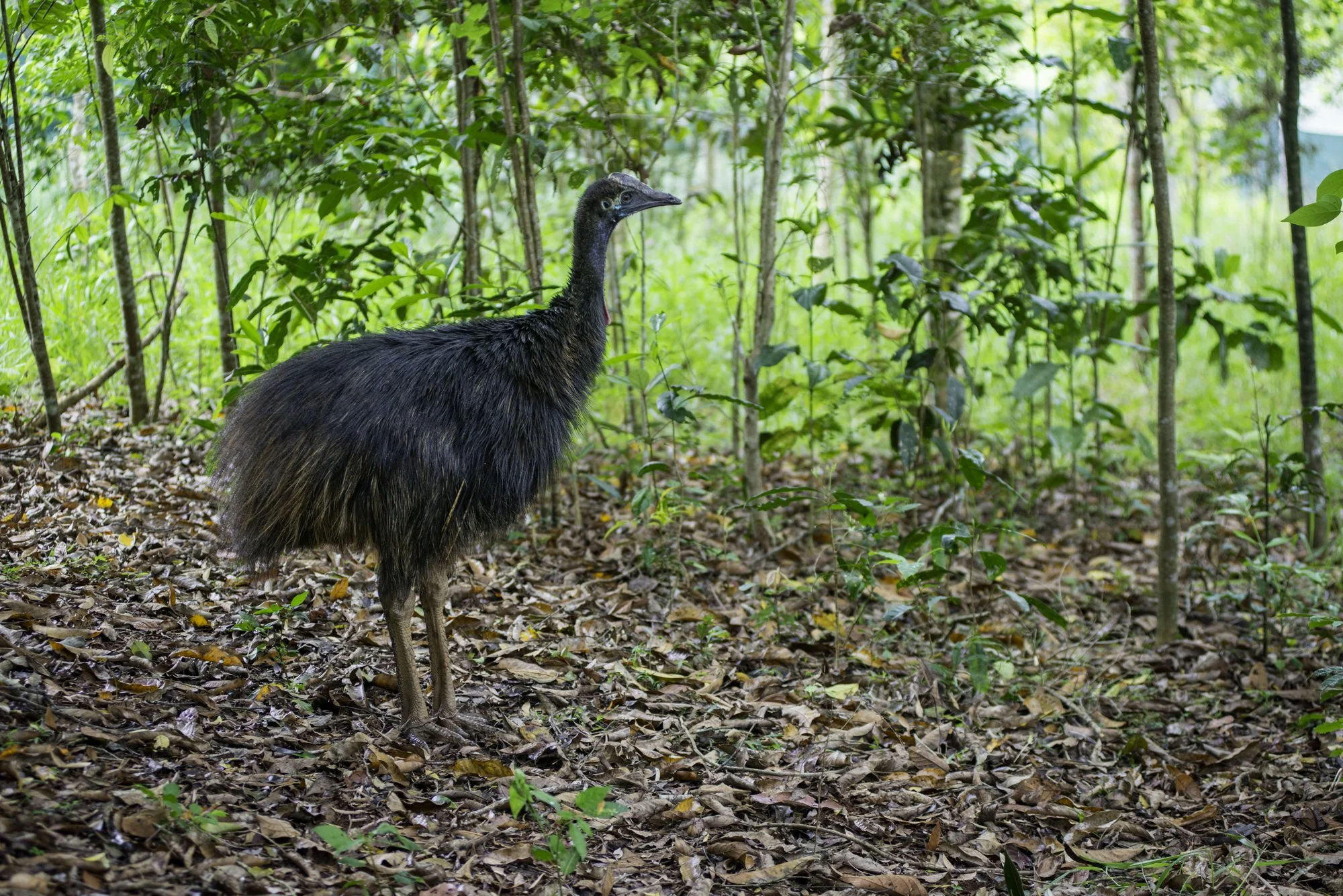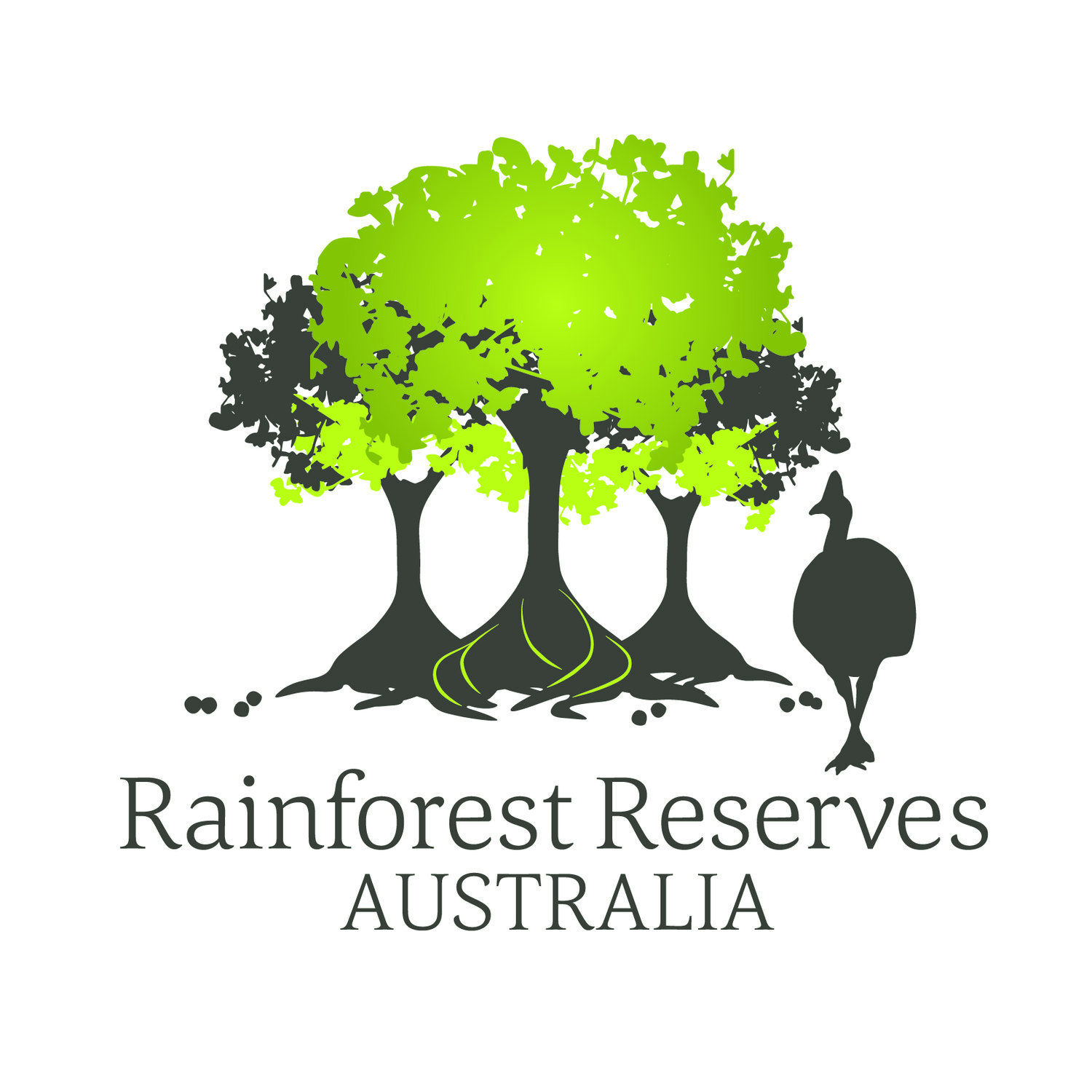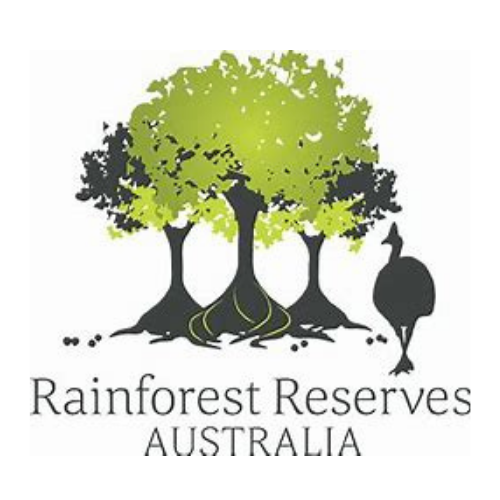Rainforest Reserves Australia
Australian Renewable Energy Map
LIVE NOW
Discover and explore for yourself the most comprehensive mapping work ever compiled showcasing all of Australia’s renewable energy projects in one place.
Our conservation work
-

Tablelands Cassowary Rehabilitation Facility
We operate a private Cassowary facility to care for injured and orphaned Cassowaries before their release into the wild.
-

Barrine Park Nature Refuge
We host a large native plant nursery and revegetate wildlife corridors and connectivity at Barrine Park Nature Refuge, North Queensland.
-

Biodiversity vs Renewables
We are one of the few conservation organisations in Australia focused on the ecological impacts of large-scale renewable energy developments on wilderness in Queensland.
We are increasingly concerned about the siting of renewable developments in important biodiverse habitat that is home to threatened species.
We spend considerable time visiting remote sites and ground-truthing to see what exactly may be lost.
-

Renewables Mapping
Rainforest Reserves Australia is producing some of the most comprehensive mapping for renewables in Australia.
We have been doing this in a bid to let people know about the real scale of impact renewables will have on our landscapes.
See our 3d videos here.
-

Keep Chalumbin Wild campaign
From 2021 we worked alongside the community of Ravenshoe and Far North Queensland to stop the poorly sited Chalumbin / Wooroora Station wind development. In 2024, after years of community campaigning, the proponent Ark Energy withdrew the proposal after receiving advice from the Federal Government that it would be rejected.

Our goal is to protect what’s left.



